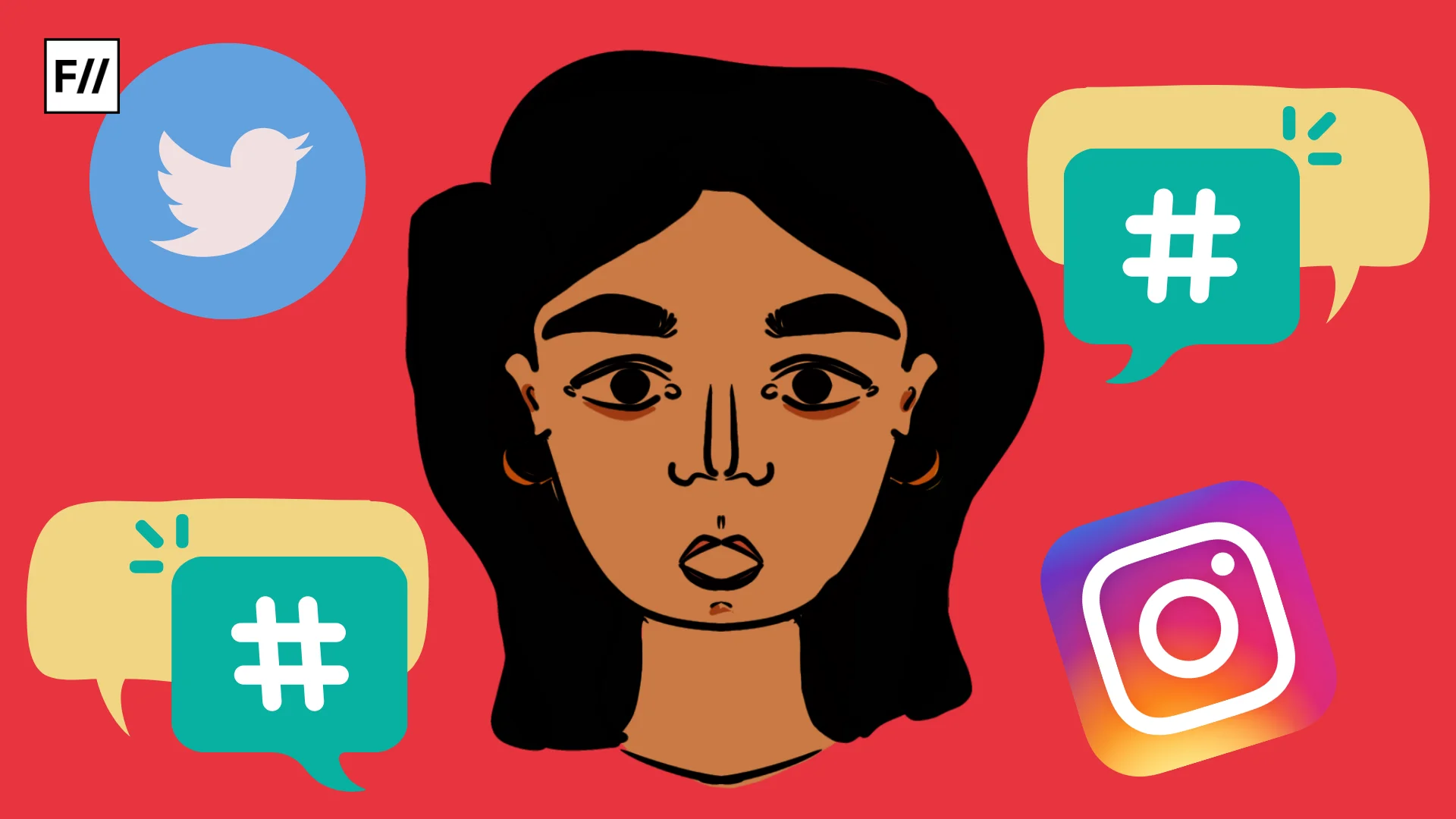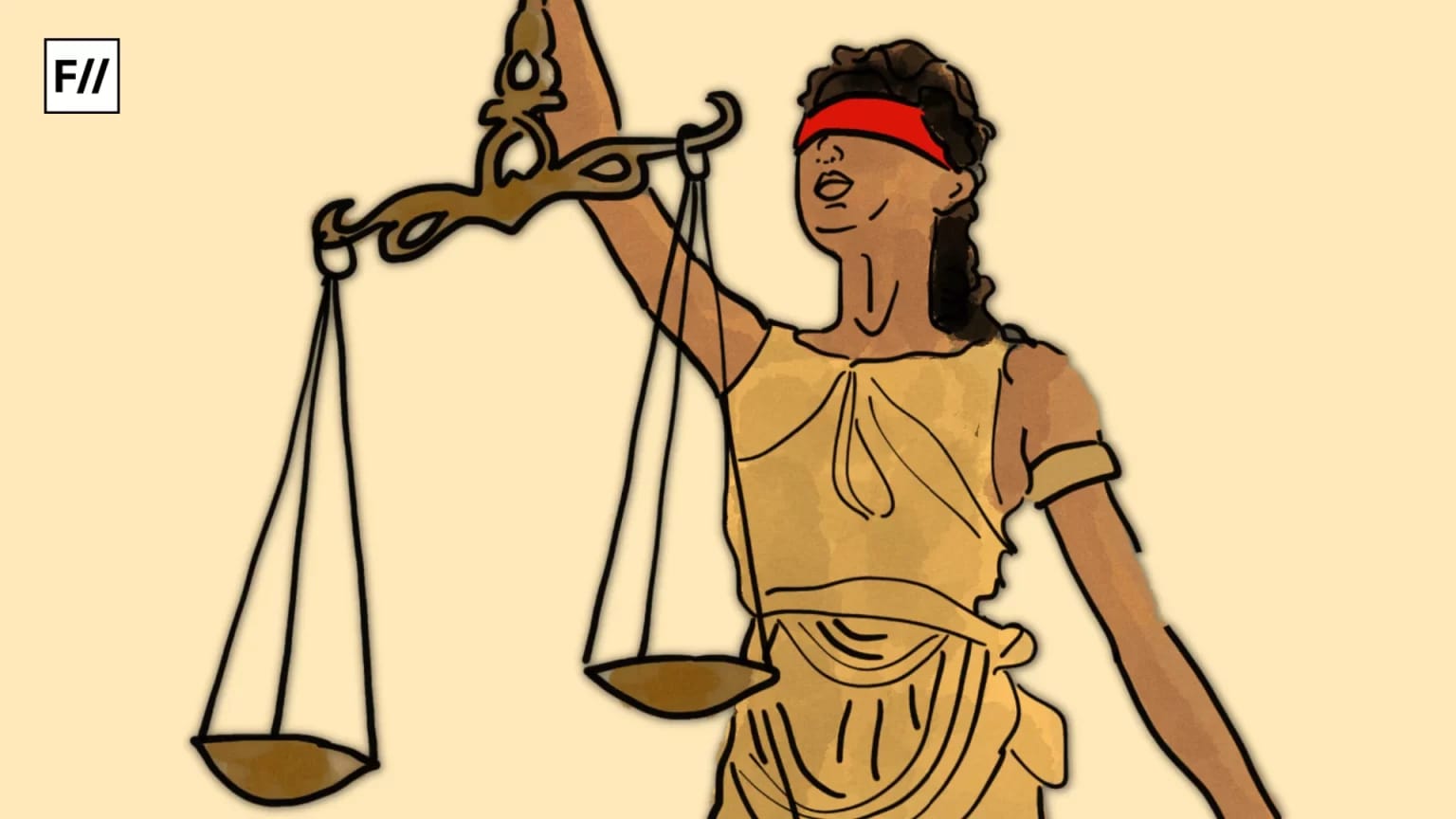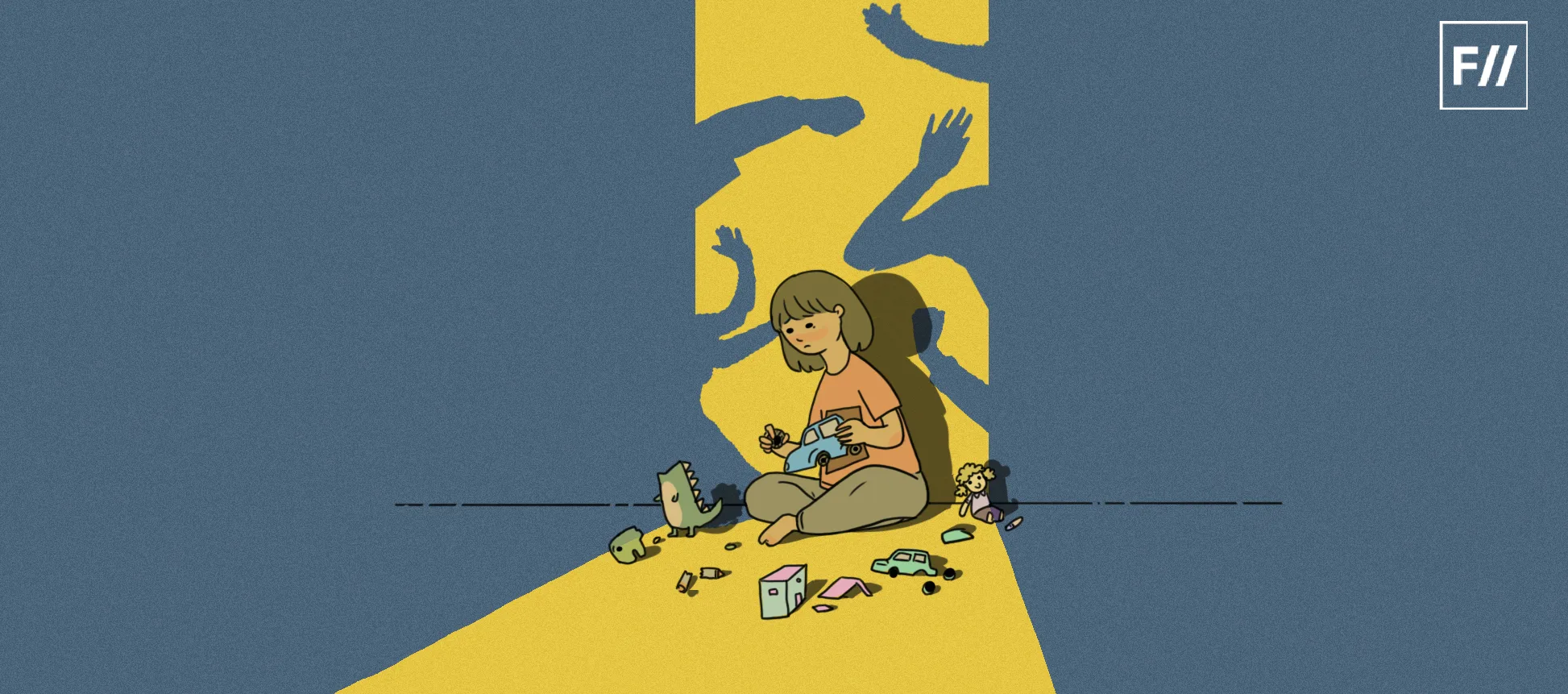Posted by Chandini Jha
The culprits have “monstrously behaved with […] small girls,” writes Supreme Court Justice Dipak Misra in Supreme Court Lawyers Association v. Union of India, a 2016 court case about punishing convicted child rapists with chemical castration. The case goes on to describe the villainous nature of these criminals, describing them as behaving with “barbarity and savageness” and “extreme depravity.”
After a long history of government officials’ tone-deaf remarks about rape, including blaming the victim’s clothing, astrology, and chow-mien for causing sexual assault, the court’s statement seems like a welcome break from tradition. Rape is an atrocity: logically, those who commit these violent acts are also savage, depraved people—in short, irredeemable “monsters” who challenge notions of humanity and civility. Yet this is where a seemingly progressive viewpoint about rape runs into a challenge based on our socialized understanding of “monsters”.
What are monsters?
What exactly are monsters? Merriam Webster supplies multiple definitions, ranging from “an object of abnormal form,” “one who deviates from norms,” or “a person of unnatural or extreme ugliness, deformity, wickedness or cruelty.” Monsters, we have been taught, are somehow divinely marked as different and devilish: they are something ‘other,’ more animal than person. Literature and pop culture provide countless examples of humanity versus the terrible ‘them’: Ram battling Ravana, or the cast of the Walking Dead countering the zombie hordes.
It is precisely the dehumanization we associate with monsters that makes applying the term to rapists such an issue. Though designed to express outrage at the brutality of rape, characterising rapists as out-of control monsters actually reinforces stereotypes that harm survivors.
Imagining rapists as ‘monsters’ perpetuates the idea that strangers commit most rapes. Calling someone a monster is easy when their status as a perpetrator is the only thing we know about them, such as in cases when a stranger victimizes another stranger. Though stranger rape is a reality, the National Crimes Record Bureau reports that in most reported cases, the survivor knows her attacker—often a friend or a close family member. As Jaclyn Friedman, author Yes Means Yes: Visions of Female Sexual Power and A World Without Rape:
“What we really despise is the idea of rapists: a terrifying monster lurking in the bushes, waiting to pounce on an innocent girl as she walks by [….] But actual rapists, men who are usually known to (and often loved by) their victims? Men who are sometimes our sports heroes, political leaders, buddies, boyfriends and fathers? Evidence suggests we don’t despise them nearly as much as we should.”
Rather than abhorring rapists and taking their victim’s side, our collective cognitive dissonance when the word ‘monster’ doesn’t match up to an accused perpetrator results in our suspicion of the victim (“Are you sure it was rape?”), or leads us to excuse the rapist’s behavior on some imagined victim provocation (“You were wearing a short skirt, what do you expect?”). In short, we end up re-affirming a rape culture where victims are afraid to speak out.
The ‘monster’ theory of rape
The ‘monster’ theory of rape also turns rape from sexual assault into a case of uncontrolled lust. Turning again to the judgment in Supreme Court Lawyers Association v. Union of India, part of the court’s analysis re-imagine rape as “an unimaginable carnal desire.” This specific phrase warrants deeper analysis. The linguistic erasure of crime into a “carnal desire” transforms an assault predicated on ideas of power, violence, and the ownership of female bodies into an issue with male sexuality.
This type of thinking reinforces rape as a consequence of ‘natural’, powerful, male libido, which women have the burden of managing; the primary harm of rape is no longer about violation of bodily autonomy, but misdirected application of ordinary male sexuality. Such thinking can be read as ‘boys will be boys’ justification of rape, which blames victims, centers conversations about rape around men and their supposed sexual ‘needs,’ and minimises women’s victimization.
Read through the prism of sexuality, the ‘monster’ rapist is one who lacks the will or ability to appropriately control his sexual desire due to his “savage” nature, rather than a predator who intentionally abuses women. Subtly changing the language around intent can have major impacts in court cases where judges are used to attempting to understand the perpetrator’s rationale for committing a crime; though the question of intent is technically not needed in rape cases, old habits from other types of cases may be hard to shake and still indirectly affect judicial reasoning.
Legal language matters
It formally articulates the harm done to victims and is how judges justify their reasoning on what constitutes ‘justice’ in any given case. So what can be done to denounce rapists while avoiding the issues encompassed by a ‘monster’ theory of rape? First, judges should avoid re-imagining rape into an issue about sexuality. The issue of dehumanization is more tricky: there is a basic, underlying urge (and even obligation) to castigate rape as an atrocity, to express disgust towards those who rob others of basic human rights. Perhaps judges could invert the idea of monsters, using the term while noting elements of the perpetrator’s behavior that do not fall into common rape tropes of a man lurking behind a bush. This could expand our societal imagination of what rapists actually look like and act like in society, allowing us to better aid and believe survivors.
Chandini Jha is an Indian-American recent B.A graduate of Georgetown University (Gender Studies, Government). She is in Bangalore on a Fulbright Scholarship researching methods of combatting violence against women.
About the author(s)
Guest Writers are writers who occasionally write on FII.





Well then what should we call a rapist ?
Not calling a rapist a monster would just reinforce the idea of “every man is a potential rapist” ??
is that what the core ideology of this article is ?